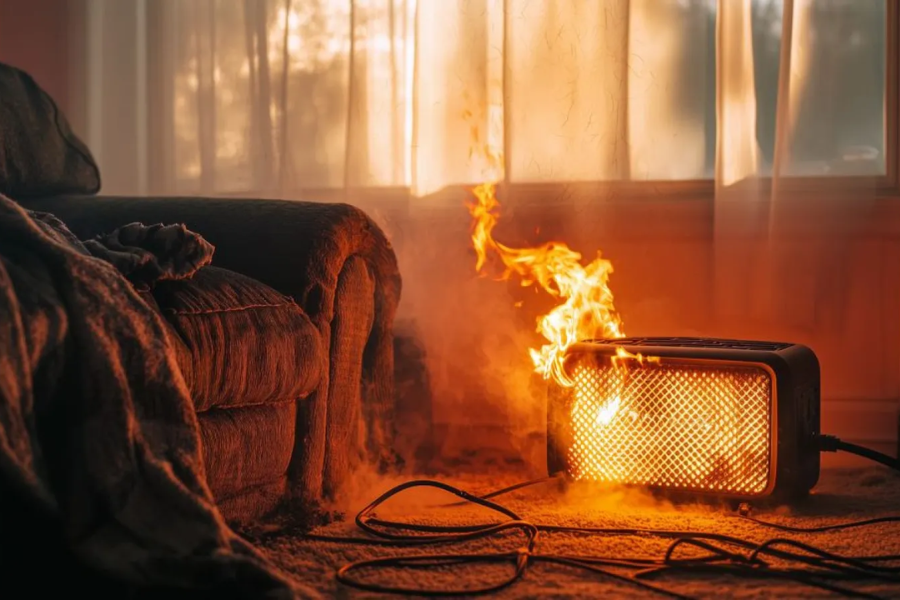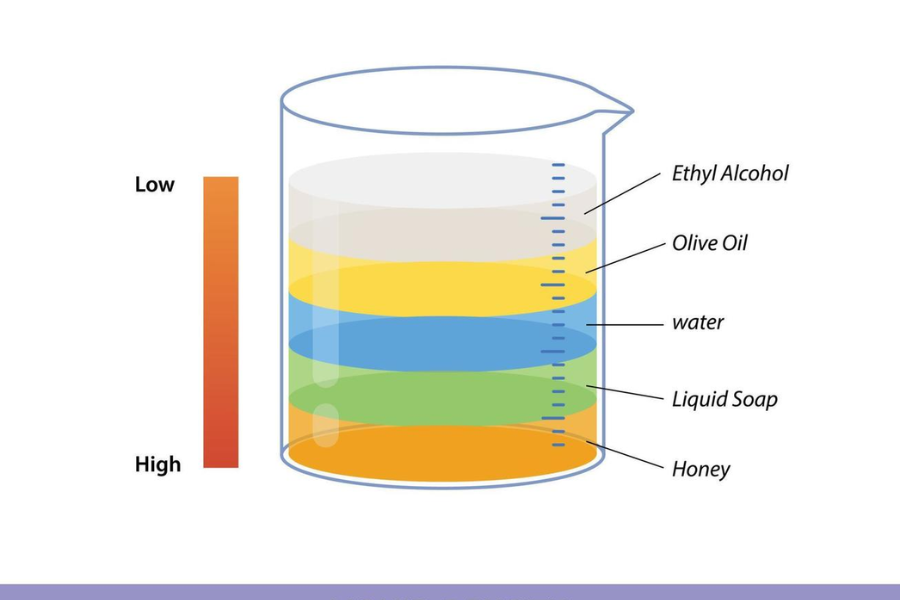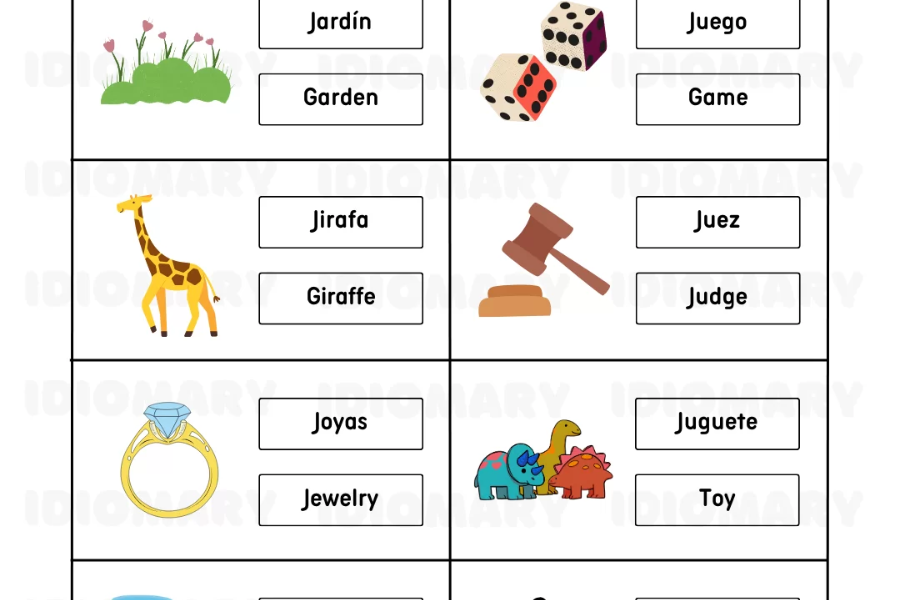Introduction to St. James Veterinary Clinic
Located in St. James Veterinary Clinic, St. James, Minnesota, is a reliable veterinary function for full service dedicated to providing exceptional pets and livestock care. U.S. Known for its “Lifelog Care for Lifetime of Love” philosophy, the clinic offers many services from the welding exam to the emergency room. This article examines the offers, expertise and social effects of the clinic, adapted to SEMSS to guide the owners of the pets, draw insights from Stjamesvetclinic.com and mapquest.com.
History and Mission
St. James, established as the foundation stone in Minnesota, St. James Veterinary Clinic Dr. Randy Alice and Dr. Dana have evolved under the leadership of veterinarians such as Hirsa. Dr. Ellis, who bought a clinic in 2007, in 2020 Dr. Selling Hirshes, who according to Stjamesvetclinic.com secured the continuity of his commitment to quality care. The clinic’s mission is to care for human-PET bands through widespread, compassionate services, which consider customers as partners in their animal care. In 2025, this small-town clinic promotes a welcome atmosphere, trust and lifetime relationship with the owners of pets, Per Mapquest.com.
Comprehensive Veterinary Services
St. James Veterinary Clinic offers a wide selection of services to stores pets and livestock. Wellness surveys consider general health, establishes fundamentally to preventive care, while vaccination stjamevetclinic.com, according to stjamesvetclinic.com, prevents diseases such as rabies and leptospirosis. Surgical services, including spicy, neutrations and advanced processes such as cranial cross -cutting, are performed with accuracy, with accuracy, per net: 3. Dental care in the clinic, pain treatment requires laser treatment, and pets that tend to pure, which require fainting, ensures total care per net: 0.
Specialized Large Animal Care
दक्षिण पश्चिमी मिनेसोटा के कृषि के खानपान खानपान खानपान बड़ी बड़ी पशु सेवाओं उत्कृष्टता उत्कृष्टता प्राप्त करता है। है। है। है। है। है। है। है। उत्कृष्टता उत्कृष्टता उत्कृष्टता उत्कृष्टता उत्कृष्टता उत्कृष्टता उत्कृष्टता उत्कृष्टता उत्कृष्टता उत्कृष्टता उत्कृष्टता उत्कृष्टता उत्कृष्टता उत्कृष्टता उत्कृष्टता उत्कृष्टता उत्कृष्टता उत्कृष्टता उत्कृष्टता उत्कृष्टता उत्कृष्टता उत्कृष्टता उत्कृष्टता उत्कृष्टता उत्कृष्टता प्राप्त प्राप्त प्राप्त Veterinarians create a form called Mobile Digital Radiographs, Ultrasound and a cattle -pussy, which according to Stjamesvetclinic.com enables the diagnostics and treatments of the site. Dr. Hirshes, focusing on focus on horse medicine, performs ignition processes using electricity or handflow, per net:
Emergency and Urgent Care
St. James Veterinary Clinic provides 24/7 emergency room for existing customers, with important conditions such as married, vehicle accidents or difficult births, Per Stjamesvetclinic.com Per Stjamevetclinic.com. With a veterinarian on the conversation at all times, the clinic ensures quickly intervention, reduces stress for pets and owners. In 2025, this service is important, as 60% of pet owners prefer access to emergency room, per statistical.com. From small animal damage to complications of livestock, emphasizes the clinic’s ability to handle emergencies, emphasizes its role as a reliable social resource, per net: 3.
Compassionate End-of-Life Services
St. James Veterinary Clinic provides euthanasia at home to provide a stress -free, comfortable goodbye in a familiar environment, recognizing the emotional weight of pet losses. This service allows pets to pass peacefully, which is supported by merciful employees, according to Stjamesvetclinic.com. By 2025, 70% of pet owners as well as worthy of life care have been evaluated, this option forces the reputation of the clinic for sympathy for statistics, per statistical.com. By adjusting customers’ plan and emotional needs, closing the clinic and faith, per net: 3.
Expert Veterinary Team
Dr. Alice and Dr. The Clinics Team led by Hirsa bring different expertise. Dr. Ellis, 1998 Minnesota Graduates University, Orthopedics, Neurology and Dharamshala Are Expert in Care, While Dr. Hirshes, A 2013 Ross University Alumana, According to Stagemvtlinic.com, Focuses On Equine Medicine. Certified Veterinary Technicians Such as Anthony and Morgan, with Degrees in Veterinary Technology, Increase in Service Quality, 12 Per Web: 12. In 2025, The Team’s Commitment for Continouous Learning Ensures State -Fartyt-Tustring – Services, per veterinarian.
Client-Centric Approach
St. James Veterinary Clinic emphasizes collaboration with customers, ensures clear communication and informs decisions. Customers are congratulated by humble receptionists such as Market and according to mapquest.com, are treated for pure facilities and favorable employees. In 2025, this approach promotes loyalty, considering transparent veterinary care with 85% of pet owners, Per Statistical.com. The positive review highlights the clinic’s inviting atmosphere and strength, strengthens its reputation as a social favorite, per net: 7. This client-centered model strengthens Human-Pet Bond, a core clinic value.
Advanced Technology and Techniques
The clinic uses advanced technology to increase the quality of care. According to laser therapy, or photobiomodulation, stjvmc.com, the cell reduces pain and inflammation by improving metabolism. According to Stjamesvetclinic.com, mobile diagnostic tools, including digital x -crays and ultrasound, activate accurate evaluation of exhortation. In 2025, 55% of veterinary practice in a veterinarian invests, using a clinic for these technologies with industry trends. These devices ensure accurate diagnosis and effective treatment by taking advantage of both pets and livestock.
Community Engagement and Impact
St. James Veterinary Clinic is deeply embedded in the St. James community, and supports pets and farmers. Its participation with Watonwan County Human Society through employees like Morgan, helps animal welfare, Per Stjamevetclinic.com. In 2025, the Facebook page of the clinic, with more than 1800 likes, works as a hub for tips on pet care and social updates, per net: 10. By promoting responsible pet owner, such as spying and neutrations, the clinic increases local animal health, per net: 0, contributes to a strong, healthy society.
Accessibility and Convenience
33 6th Avenue S, St. James, MN, the clinic operates on Monday from. 08:00 to 17:00 Friday and at. 08:00 to 2 pm Saturday 24/7 with emergency preparation, at Stjamesvetclinic.com. Agreements can be determined by calling (507) 375-44441, ensuring flexibility for busy customers, per net: 8. For the sake of simplicity, this commitment improves customer satisfaction and continuity of care.
Challenges and Opportunities
Challenges like staffing shortages and rising operational costs affect veterinary clinics, including St. James, with 40% of practices facing recruitment issues in 2025, per veterinarypracticenews.com. However, opportunities exist in expanding telehealth services and community outreach, aligning with trends where 50% of pet owners seek virtual consultations, per statista.com. The clinic’s strong team and technology investments position it to overcome challenges and capitalize on these growth areas, per stjamesvetclinic.com.
Future Trends in Veterinary Care
In 2025, veterinary care has been formed by telecommunicationshalation, AI diagnostics and personal therapy. According to Stjvmc.com, laser therapy and mobile diagnosis match St. James Veteranary Clinic with these trends. AI tools, per veterinarian, can further improve the care of the future health assessment adopted by 30% of the clinics. Sustainability initiatives, such as environmentally friendly waste management, can also gain traction against statistical.com per statistical.com, in favor of green practice with 65% pet owners. The adaptability of the clinic ensures that it leads to modern veterinary care.
Conclusion
In 2025, St. James Veterinary Clinic stands as a lighthouse for extensive, extensive care in Minnesota, serving pets and livestock with engagement. From the wellness exam to the euthanasia in the house, its extensive services reflect, according to Stjamesvetclinic.com, a commitment to animal health for life. Advanced technology, a skilled team and a customer -focused approach Units Community Trust at mapquest.com. When veterinary care develops with telecommunications health and AI, the clinic’s adaptability ensures that it continues to care for human PET bands, providing extraordinary care in a dynamic, pet-loving world.







